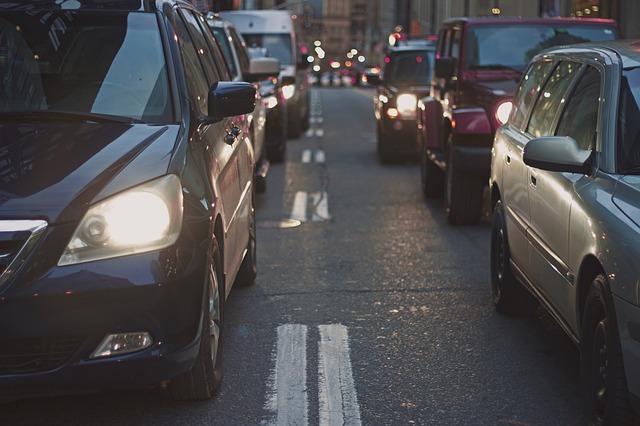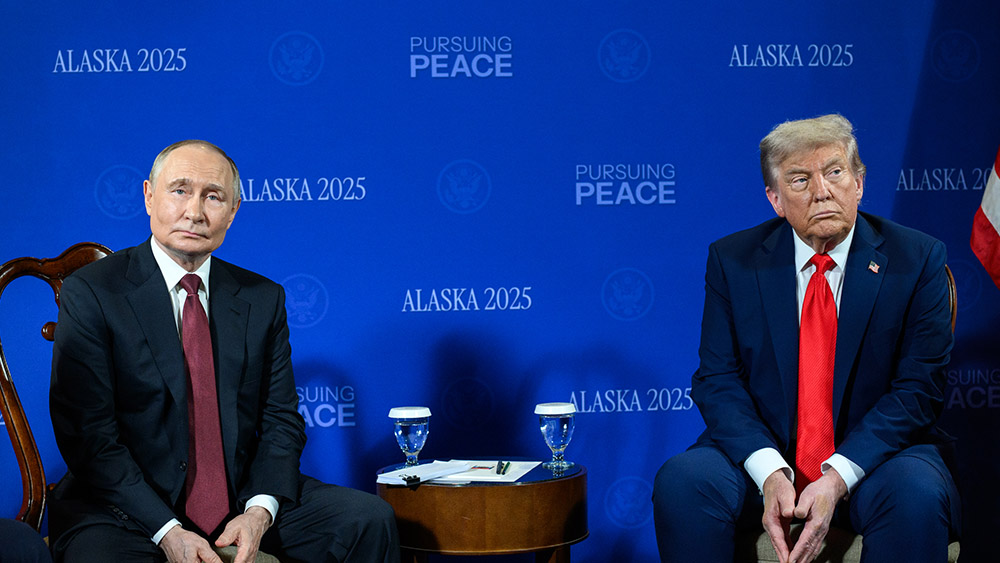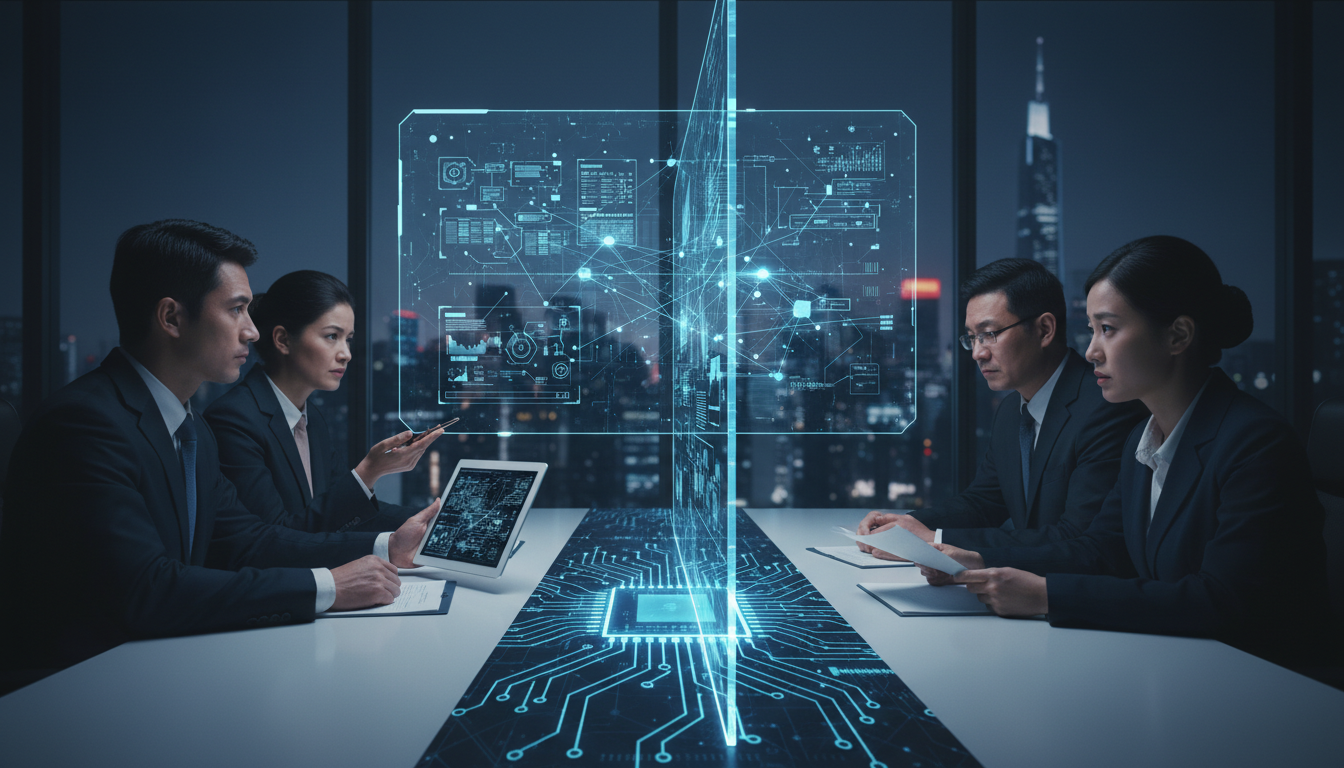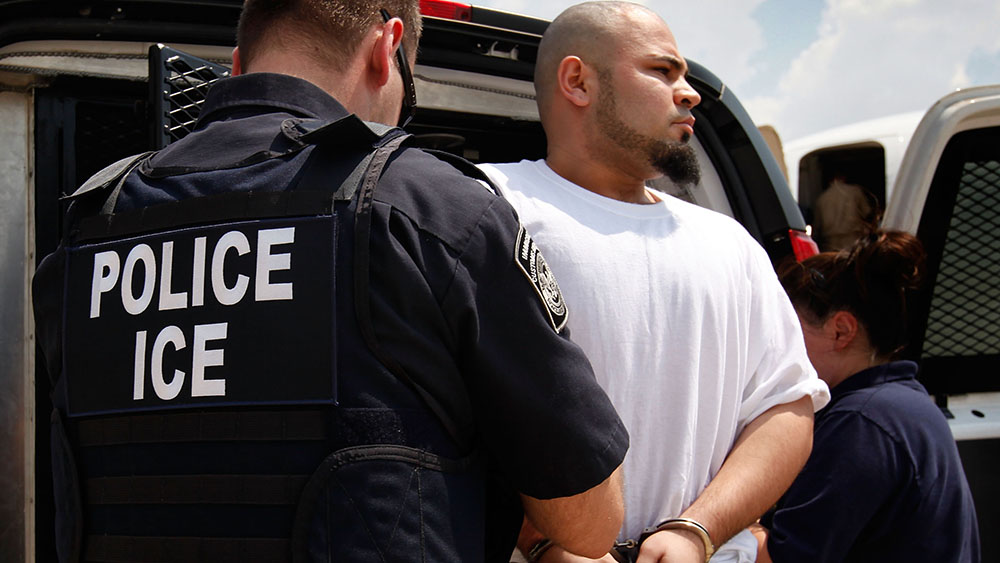 Parler
Parler Gab
Gab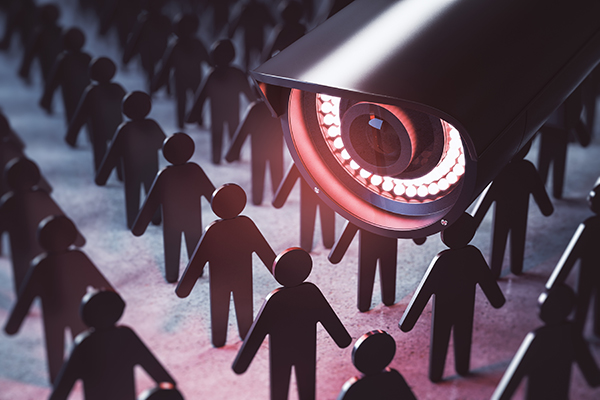
- Hong Kong plans to deploy 60,000 AI-powered surveillance cameras by 2028—a 15x increase—equipped with facial recognition, crowd analysis and suspect tracking, drastically escalating government monitoring capabilities.
- Unlike the current 4,000 CCTV cameras (used mainly for license plates and crowds), the new system focuses on identifying individuals, raising concerns about privacy erosion under Beijing's tightening control since the 2020 National Security Law.
- The plan aligns with mainland China's AI-driven surveillance, used to suppress dissent, enforce lockdowns and track minorities. Critics warn of "mission creep", where safeguards (like privacy impact assessments) are weakly enforced, enabling broader repression.
- While cities like London and New York use mass surveillance, Hong Kong's aggressive AI integration—supplied by firms like Huawei and Hikvision—signals deeper alignment with Beijing's authoritarian tech policies, further chilling free speech and assembly.
- The surveillance net tests Hong Kong's remaining civil liberties, as critics fear it will be weaponized like China's Social Credit System—restricting jobs, travel and dissent under the guise of "crime prevention."
Privacy safeguards or window dressing?
Government filings stress adherence to legal constraints, including public notification and limits on data retention. The Office of the Privacy Commissioner for Personal Data mandates assessments before biometric tools are activated, but skeptics argue such measures offer thin protection. "The framework exists, but enforcement is the issue," said a Hong Kong-based digital rights advocate, speaking anonymously due to fear of reprisal. "Once the infrastructure is built, mission creep is inevitable." The push follows a 2025 target to enable facial recognition in 3,000 cameras—now dwarfed by the 2028 plan. While officials insist the system will combat crime, parallels to China's Social Credit System fuel concerns. In mainland cities, AI surveillance has been used to suppress protests, track minorities and enforce lockdowns. Hong Kong's unique legal status—once a bastion of civil liberties—makes this expansion a litmus test for autonomy under Beijing's rule.Global context and the future of urban surveillance
Hong Kong's plan reflects a global trend: London, Moscow and New York already deploy tens of thousands of cameras, though few integrate AI as aggressively. The shift raises ethical debates about mass monitoring's trade-offs. Proponents argue it deters crime; opponents cite chilling effects on free assembly and speech. The 2028 rollout also underscores Hong Kong's alignment with mainland tech policies. Firms like Huawei and Hikvision supply AI surveillance systems worldwide, but their adoption in Hong Kong carries political symbolism. After the National Security Law's passage, dissidents and journalists have faced heightened scrutiny. A citywide surveillance net could further erode dissent. Hong Kong's AI surveillance expansion represents a technological leap with profound implications for privacy and autonomy. While framed as a crime-fighting tool, its scale and capabilities evoke China's Orwellian controls. As cameras proliferate, the city's challenge will be balancing security with rights—a test it may no longer have the power to fail. Watch the video below that talks about safety vs. sacrificing privacy. This video is from the wowzatv channel on Brighteon.com.Sources include:
ReclaimTheNet.org 1 PCPD.org.hk ReclaimTheNet.or 2 BrightU.ai Brighteon.comFord recalls more than 1.4 million vehicles due to DEFECTIVE rearview cameras
By Ramon Tomey // Share
Trump announces sweeping sanctions on Russian oil giants, demands ceasefire in Ukraine
By Kevin Hughes // Share
Astronomers discover COSMIC WAVE that is reshaping our Milky Way
By Lance D Johnson // Share
U.S. escalates tech war with China: Software export controls on the table
By Gregory Van Dyke // Share
ICE promises more arrests of illegal aliens in NYC, but risks unlawfully detaining American citizens
By Lance D Johnson // Share
Governments continue to obscure COVID-19 vaccine data amid rising concerns over excess deaths
By patricklewis // Share
Tech giant Microsoft backs EXTINCTION with its support of carbon capture programs
By ramontomeydw // Share
Germany to resume arms exports to Israel despite repeated ceasefire violations
By isabelle // Share
